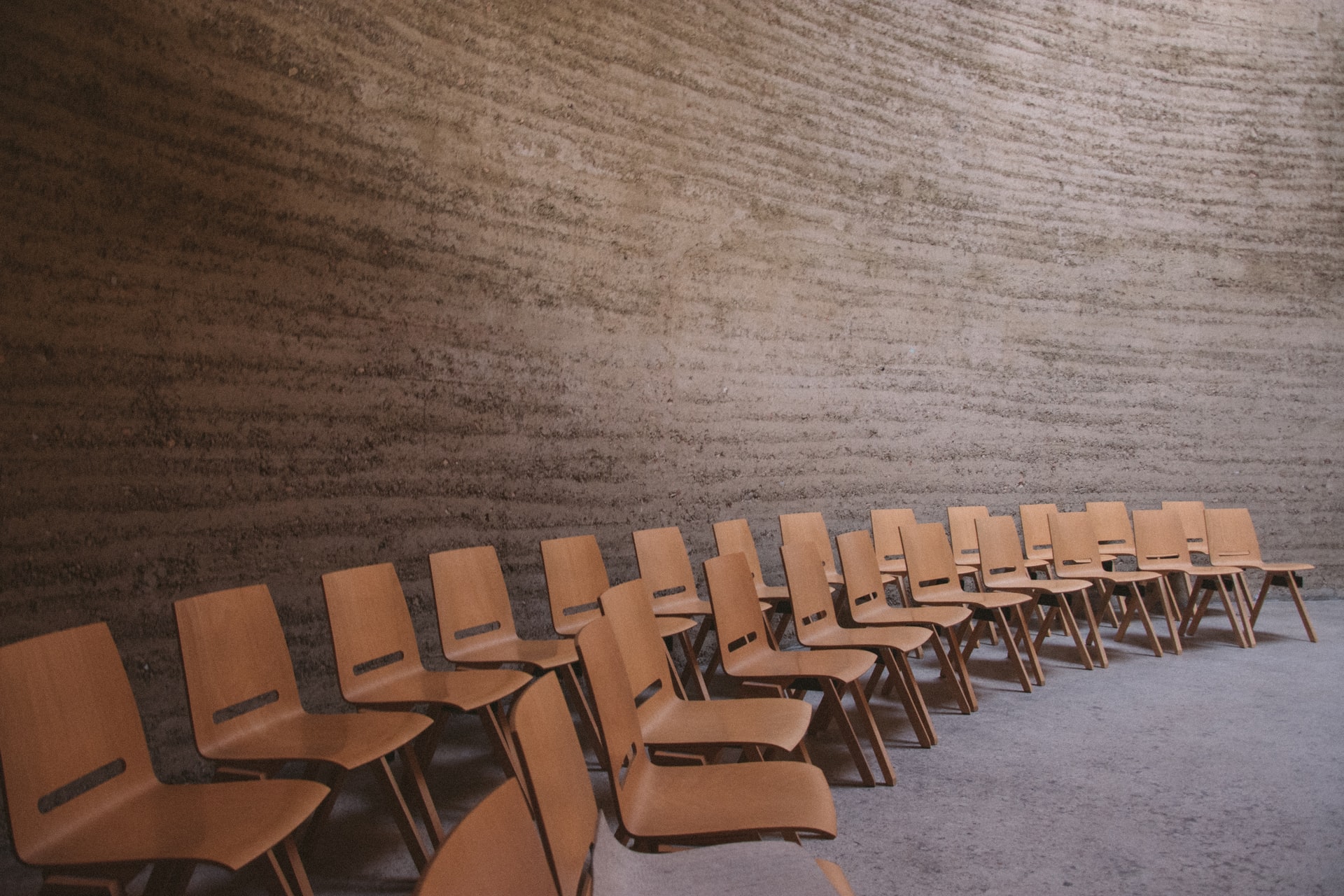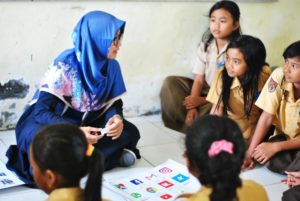How COVID-19 Has Changed the Future of Higher Education
Ginger Abbot
Sep 6, 2021
We are a reader-supported education publication. When you buy through links on our site, we may earn an affiliate commission to help us keep providing content.
Education is a valuable tool for students. The skills they learn set them up to be successful later on in life. However, with the spread of COVID-19, the education system started to look a little different.
Teachers and students adapted to an online learning system, among other things. Here are some of the top ways COVID-19 has changed the future of higher education.
1. Increased Technology Usage
As online learning became the new normal, teachers began implementing more technology into the classroom. Traditional in-person lectures were replaced with Zoom classes and recorded videos. Teachers began relying more on virtual discussion boards to encourage students to engage with one another.
These limited face-to-face interactions motivated teachers to come up with creative ways to hold their students’ attention. Video technology and interactive media have become more commonly used. The increased technology also encouraged more discussion outside the classroom.
Here are some of the other benefits of using technology in the classroom:
- Greater accessibility of learning materials
- More flexibility in lesson plans
- Better prepares students for the digital world
- Improves collaboration
- Increases interactivity
As students begin to return to campus, using technology will continue to be a part of the future of education.
2. Refined Engagement
Before online learning, engagement was often measured by whether or not students attended classes. With virtual instruction, the way students show attention is different. Students demonstrate their engagement by typing in the discussion chat or unmuting themselves to share a point.
Here are some ways professors can increase student engagement inside the classroom:
- Make the content meaningful
- Be open to students ideas and suggestions
- Ask students to demonstrate their understanding of the material
- Embrace collaborative activities
- Establish positive teacher-student relationships
Moving forward, teachers may start to more closely examine the way students are engaging with the course material.
3. Encouraged Creative Assessments
The traditional pen and paper exams are non-existent in an online learning environment. Teachers had to come up with more creative testing methods. These methods included video projects, podcast recording, or creating blogs. While some students still took virtual exams, there is the concern of cheating. Technology is more readily at students’ fingertips.
The more creative testing methods allow students to engage with the material more directly and demonstrate their understanding on a deeper level. Exams and papers have students repeat facts. Some students simply memorize the material but don’t retain the information after the test.
Here some alternative testing methods to replace traditional exams:
- Advertisements
- Presentations
- Web pages
- Case studies
- Portfolios
With so much new technology available, teachers are more frequently incorporating these alternative testing strategies into their courses.
4. Showed the Value of Student-Teacher Partnerships
Online learning requires students to play a more active role in their education. Students and teachers need to work together as they adapt to a changing classroom environment. Students must reach out to their teachers to address any concerns instead of talking to them after class. The virtual setting also makes it easier for students to share ideas for course activities and give feedback.
To continue to encourage this partnership, teachers need to have a positive relationship with their students.
Here are some ways educators can foster a positive relationship with their students:
- Have a positive attitude
- Incorporate humor into your lesson plans
- Make learning more engaging
- Get to know your students’ interests
- Include personal stories to connect concepts
Students playing a larger role in furthering their education will be a continued trend in the future of higher education.
5. Changed the Traditional Teaching Formula
Lectures were the standard teaching method post-COVID-19. However, this method may not be as effective for more interactive fields, such as the sciences. The switch to online made educators come up with new teaching strategies.
This may have been a challenge at first, but it allowed them to figure out the best way to get the information across. Some alternative methods to lectures could be peer instruction or virtual field trips. Here are some other alternatives for teachers to consider:
- Self-directed learning
- Scenario-based interactions
- Game-based learning
- Project-based learning
- Online labs
6. Caused Drops in Enrollment
With the educational experience changing, some students decided not to attend college or to take a gap year. In the fall of 2020, enrollment fell by 2.5% for postsecondary education. As classes moved online, students were learning material they could get off the internet or from books. Part of the appeal of college life is the campus activities.
As activities open up again, teachers still need to find ways to keep students engaged inside the classroom.
Another reason students may have opted out of college is the tuition price. COVID-19 created financial challenges. This may have made students reconsider the value of their education. In the future, educational institutions should continue to adapt to the needs of the students to maintain steady enrollment.
7. Caused Budget Cuts
With the financial pressures of COVID-19, many educational institutions made budget cuts. This caused layoffs and decreased funds for student activities. Some colleges may have had to invest in more technology, further reducing their budget.
As students return to campus, budgets will increase, but how the institution chooses to invest their money may change.
COVID-19 and the Future of Higher Education
COVID-19 impacted many areas of our lives, from our jobs to our social lives. Higher education is one of the areas it has made a lasting impression on. Technology and virtual learning are the new normal. As we go into the future, many of the changes in the education system due to COVID-19 are here to stay.









